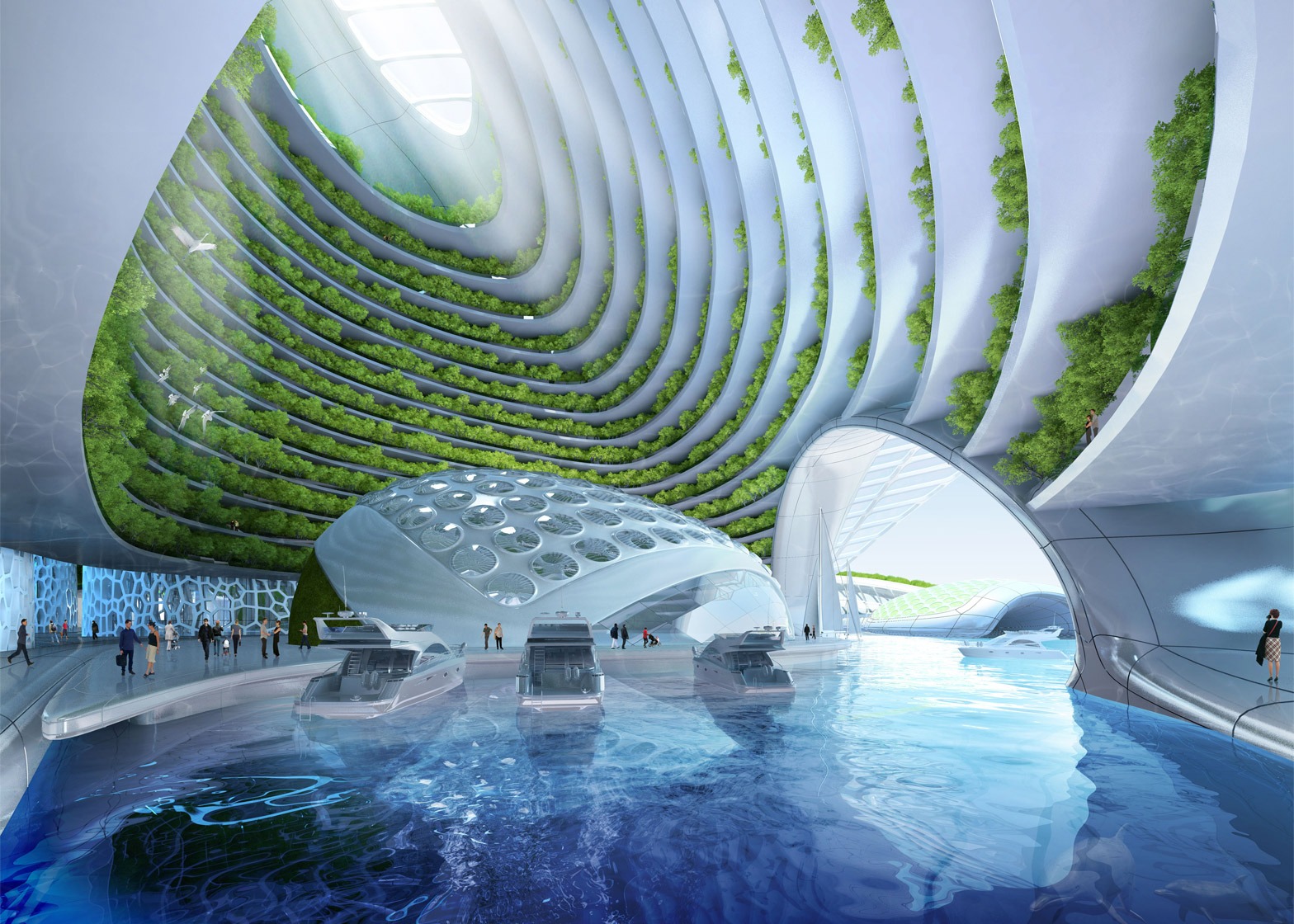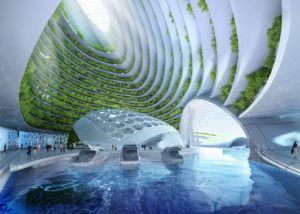The 4 Reasons the Architecture Industry is Changing Faster than Ever


Aequorea Oceanscraper by Vincent Callebaut w as printed in 3D from Brazil’s garbage.
It’s all happening
Perhaps you’ve noticed the addition of interactive elements in public buildings around your city, futuristic technology in your friend’s new custom home, or radically designed hotels, office buildings or airports during your travels. The architecture industry is rapidly changing before us and we’ve pinpointed four reasons why.
1. Millennials are entering and establishing themselves in the Architecture workforce. Because they grew up with internet, highly sophisticated marketing, and social media – these fresh faced creatives are not designing buildings for the same purposes perhaps their older predecessors had been doing for years. Instead of building traditional structures, they are designing experiences. They are risk takers and willing to try new completely crazy designs. Increasingly we will find more mixed use buildings, interactive elements incorporated into the structures, and extremely innovative designs. Older designers who embrace innovation are stepping up their game to compete with the younger generation.
SkySpace was a recently added interactive feature on the U.S. Bank building in downtown, Los Angeles, CA
OUE designed SkySpace LA as part of an effort to bring new visitors into Los Angeles’ resurgent downtown community. The observation deck is the tallest in California, and it includes an interactive portion featuring a digital topography wall of the city’s beacons.
2. As cities become more populated, regulations start to be put in place to control a multitude of factors such as noise, privacy, pollution, parking, green space, affordable/ low income housing, student housing, and workspace to name a few. With new implemented regulations, designers must think outside the box to meet codes while still accommodating their clients. This results in creative designs which balance a hybrid of functionality with cutting edge designs.
Marina Sands Hotel is a mini city within the overpopulated city of Singapore. Perched atop the hotel’s three 55-story towers is the Skypark, which features an observation deck, spa and infinity pool. The hotel also features 15 restaurants and five nightclubs and lounges.
WeWork creates hybrid co-existing workspaces where creative companies can grow together. New space in New York.
3. The advancements in technology seem to happen so rapidly it’s hard to stay up to speed sometimes. As soon as you buy a new Iphone, the more advanced version is just about to drop! This can frustrate some but for the Architecture industry a higher level of technology means more possibilities. Designers are now incorporating new technology into their renderings from the beginning of the design phase. From self tinting privacy glass bathroom walls to structures that clean air pollution – technology is becoming a major catalyst for change in the Architecture industry.
The Palazzo Italia actually consumes smog and takes pollution out of the air through its incredibly engineered biodynamic skin.
Asian Cairns, China by Vincent Callebaut is a vertical green city is its own ecosystem designed to be self-sustainable.
Render of smart home by Landmark complete with advanced technology.
4. As the U.S. economy strengthens, Americans paychecks are growing and confidence in buying property increases. With a surplus of cold cash, Architects have more opportunity to build more creatively rather than practically. Millennials are now in position to buy homes and overtaking the market while Baby Boomers are in position to purchase second homes. Each year since the recession of 2008, custom built residential housing has increased allowing Architects more opportunity to build dream houses for high bidding clients.
Australian studio, McBride Charles Ryan has designed the Cloud House project in Victoria, Australia.
Unique window design in Ribbon House by G2 Estudio, Patagonia, Argentina
Dream master bathroom via Zillowdigs.
Love it or hate it, the future of Architecture is upon us and it’s propelled by young creatives, population, technology, and the economy. Have you noticed any of these changes around you? Are you excited to embrace the changing industry?
We would love to hear Comment below


